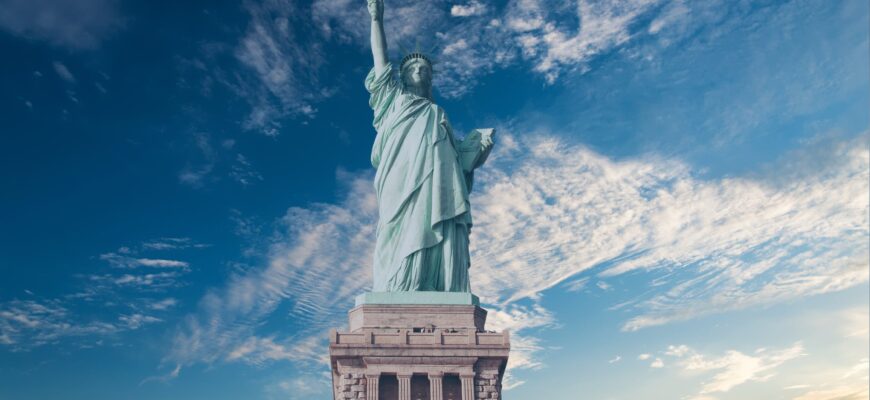Modern financial institutions of the United States took shape only in 1980 when the laws “on the Federal reserve system” and “on the deregulation of Deposit institutions and monetary control” were adopted.
At the moment, the banking system of the United States consists of three levels of institutions:
The first level is the Federal Reserve system, which includes:
- 12 Federal banks in the regions;
- Advisory and regulatory bodies to the fed.
The second level consists of:
- commercial banks of various specializations;
- financial companies and credit institutions that are not banks;
- mutual savings banks and loan and savings
- Associations.
On the third level fall:
- mutual credit societies;
- credit unions.
- U.S. Bank of Cleveland
What is the Fed and what does it do?
The US Federal Reserve is essentially the State Central Bank. The United States studied the experience of European Central banks, but did not copy it and created a new structure for its own needs.
The Fed was a compromise between the big financiers who favored a private Central Bank with minimal state participation, their opponents who favored a state Bank, and some conservative Democrats who wanted to return to a system of many private banks that would not fall under the control of large capital due to the lack of a state Bank.
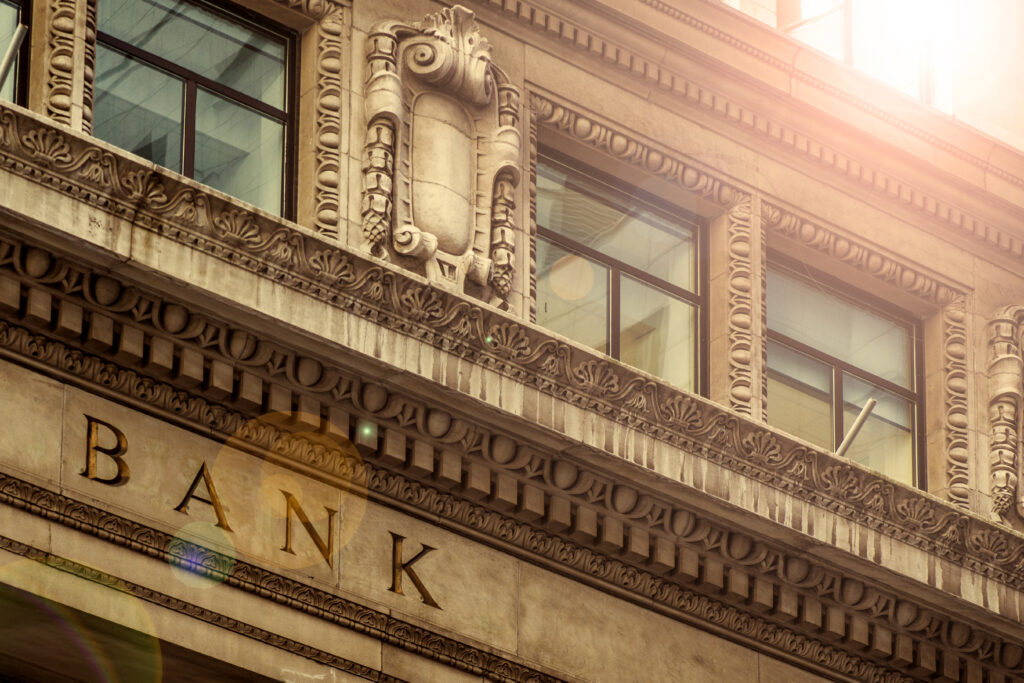
The main tasks of the fed are as follows:
- establishing and maintaining a balance between the interests of society, the state, and commercial banks;
- control over the activities of banks, if necessary — regulation of their work;
- protecting the interests of borrowers;
- stimulating economic growth with equity and credit instruments;
- stimulating maximum employment of the population with the help of monetary and credit levers;
- ensuring a stable dollar exchange rate, inflation, and price levels;
- supporting the balance of the US financial and credit system;
- providing the necessary liquidity to lower-level banks, i.e. providing them with credit facilities;
- financial services to government agencies and international organizations;
- organization and regulation of payment systems.
The Fed’s decisions have a huge impact on global financial and stock markets.
Banks participating in the Fed
In addition to the fed, the first level of the US banking system consists of 12 Federal reserve banks.
Federal reserve banks serve other banks in much the same way as they serve customers:
- reserve banks accept funds from commercial banks as deposits;
- the reserve banks issue loans to banking and non-banking institutions of a lower level.
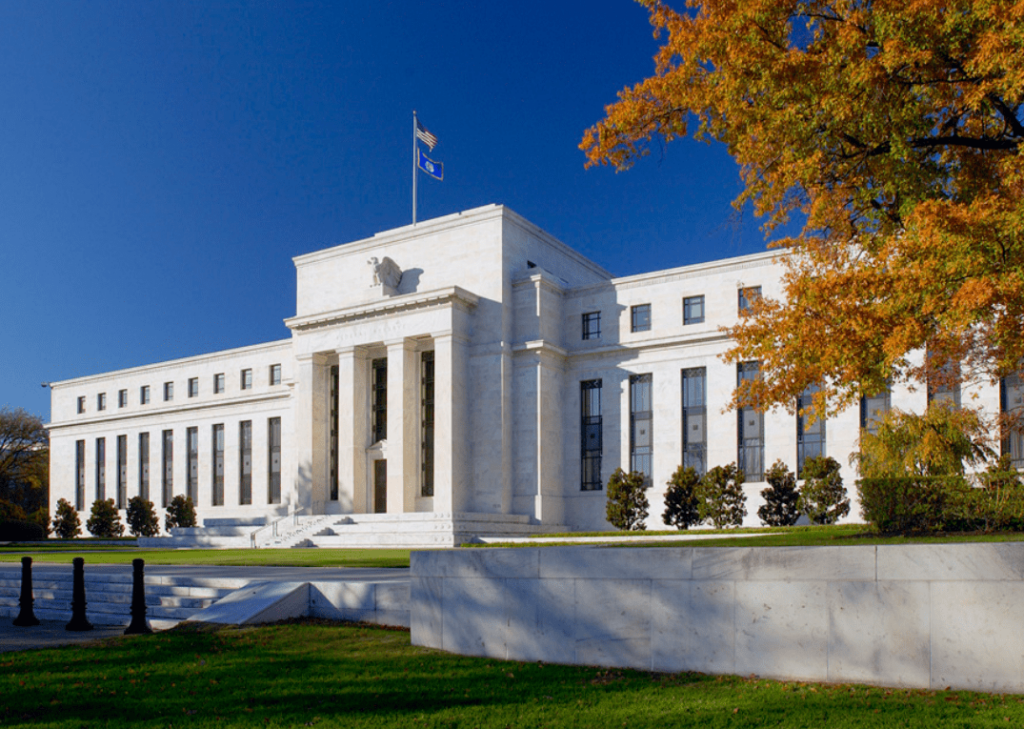
The main capital of the Federal reserve banks is formed from deposits of commercial banks and state funds, the equity capital is small.
Commercial banks become members of the lower-level fed, either voluntarily or at the request of the law. Their activities are more strictly regulated, they must keep a certain percentage of capital as a reserve in Federal banks.
Commercial banks in the USA
In the United States, there are about 40 thousand commercial banks of different statuses, sizes, and specialization. These banks perform a full range of banking operations with all categories of customers.
The main assets of us commercial banks consist of deposits of citizens and businesses. The main volume of transactions falls on various types of loans.
All American commercial banks are divided into:
- Nationwide banks. They are subject to Federal law and are necessarily part of the Fed.
- State banks. They act according to the laws of the state in which they are located. Small banks of this type may not join the Fed.
The capital of us commercial banks consists of their funds of less than 8%. The bulk of assets are deposited, approximately 44% — on-demand and 56% — term deposits.
The financial laws of different States differ, so it was difficult for banks in one state to open branches in another. Such banks were called Unit Banks. But national-level banks opened branches and were called Branch Banks. Most of the restrictions were lifted in 1994, but the difference in the work of different types of banks remained.
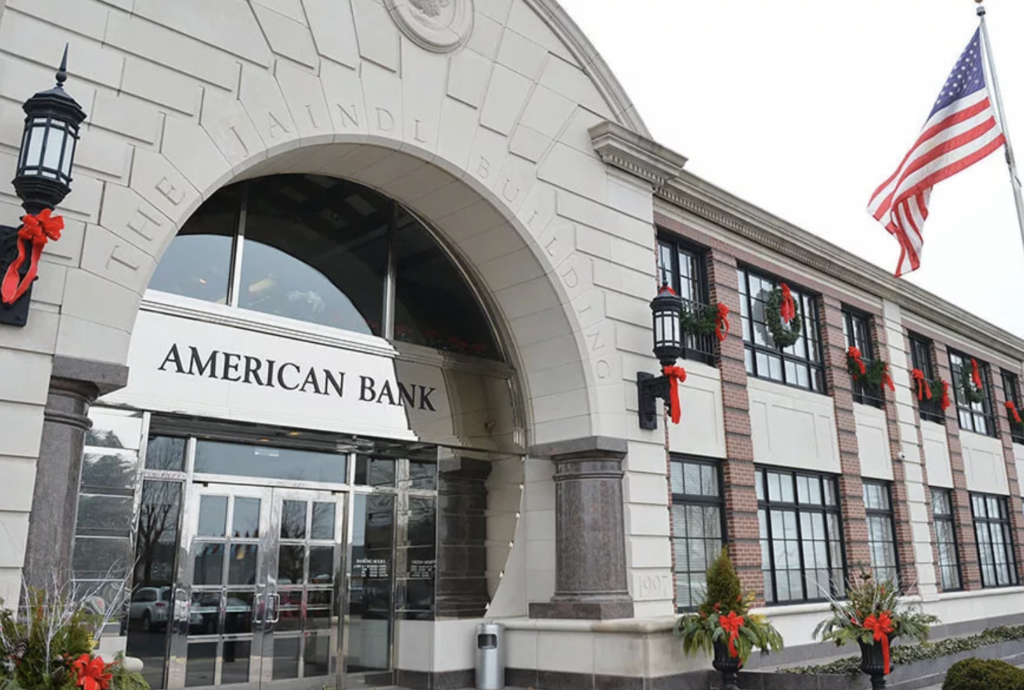
Unit Banks:
- they are not in Association with other banks, but they work independently;
- more often they give loans to customers in their state;
- they have fewer problem loans because they know their borrowers better;
- more often they focus on working in one industry, or with a certain range of enterprises;
- they usually do not have a specialization in operations and style of work;
- make decisions quickly, because power is concentrated in one place;
- use the income for the development of the Bank;
- they do not distribute risks, and in the event of a crisis, they can quickly close.
Branch Banks:
- often included in banking associations, maybe subsidiaries of other banks;
- they credit regardless of the customers’ geography;
- they serve different industries;
- they take more risks when issuing loans because they often evaluate clients on formal grounds;
- they distribute risks between branches, which makes the system more stable;
- the decisions are made more slowly because power is distributed vertically;
For them, it is easier to tolerate crises, because they distribute risks between industries and regions.
The top ten largest us banks look like this:
- JP Morgan Chase New York 2,687
- Bank of America Charlotte, North Carolina 2,434
- Citigroup New York 1,951
- Wells Fargo San Francisco, CA 1,927
- Goldman Sachs New York 992
- Morgan Stanley New York 895
- U.S. Bancorp Minneapolis, Mn 495
- Trust Financial Charlotte, North Carolina 473
- PNC Financial Services Pittsburgh, PA 410
- TD Bank, N. A. cherry hill, new Jersey 408
Investment banks
In the United States, investment banks are a special category of commercial banks that do not issue loans, do not accept deposits, but deal mainly with securities transactions. Other banks also conduct such operations, but mainly with government securities.
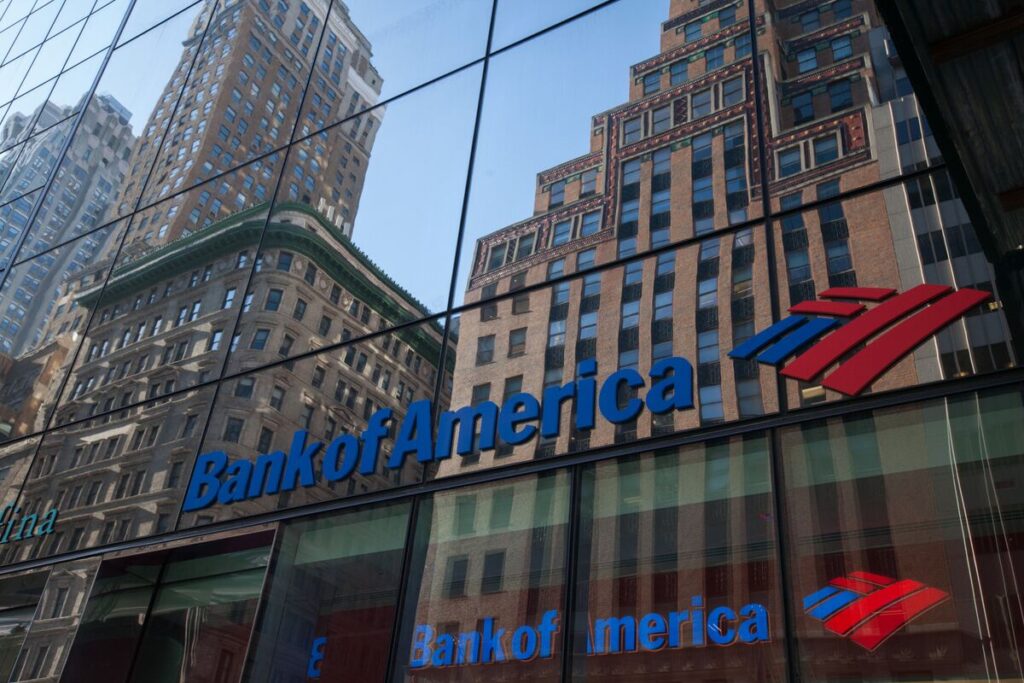
Shares and bonds of industrial and trading firms are handled by investment banks. Their operations with securities are most often:
- initial placement of securities and guarantee of repurchase of their entire volume (underwriting);
- securities trading, including on stock exchanges (banks may be professional members of the stock exchanges);
- advice and support for stock market investors’ decisions.
During periods of index growth, US investment banks received up to 70% of profits per year.
Non-Bank credit institutions
In the United States, many financial organizations are not banks. Credit unions and mutual credit societies should be placed in a special category.
- They are mostly engaged in mortgage and consumer lending at low rates.
- Their capital consists of contributions from members who are both creditors and owners of the association.
- Credit unions and mutual credit societies are not subject to state law and do not pay taxes.
Cooperation between US banks
The connections between American banks are sometimes complex and not always obvious.
According to the law, commercial banks do not have the right to own industrial enterprises and commercial facilities. But they do it informally, through lending to the right organizations. Another way to participate is to manage enterprises by proxy of the client and represent their interests at shareholders ‘ meetings.
Another non-obvious link is the provision of loans by large banks to small banks. Formally, the borrowing banks remain independent but fall under the influence of the lender.
The next form of Bank Corporation is the exchange of each other’s shares and the repurchase of other people’s shares. So there are holding companies that own shares of several banks.
Banking services in the United States
It is too long and pointless to describe all the banking services available in the United States because the United States have a very developed and flexible banking sector with a lot of opportunities.

The most popular and popular banking products are usually called:
- Mortgage loans
There are many options with different rates, depending on the creditworthiness of the client, the choice of housing, etc. The usual rate is 3.25-4%. For stateless persons-up to 7%. The best guarantee for issuing a loan is a down payment of 40% or more.
- Loans for the purchase of cars
The high level of auto sales in the United States is largely due to auto loans. They are available and offered at low rates. A problem-free, profitable Bank client can get a car loan at 0.5% per annum, a high-risk borrower is assigned up to 9%. The average rate is about 3.3%. Short-term loans are cheaper.
- Training credits
Education in the United States is usually paid and quite expensive. It is more profitable for young people not to waste time collecting money, but to take out a loan for training, find a better-paying job, and pay off the loan. The interest rate on such loans is usually lower than 5%.
- Consumer loans
In the United States, they are called Personal loans, issued for various needs at an average rate of 6%.
- Business loans
Such loans in the United States are issued by many banks, with different conditions, and for different terms. Much depends on the business plan and risk assessment. The usual rates are 5-15%.
In conclusion
The impact of the US banking system is difficult to overestimate. And it applies not only to the territory of the state but to the entire world economy. There are at least three reasons for this:
- a huge amount of money in circulation;
- participation of US banks in international transactions (through them there is a flow of payments between residents of other States);
- the use of the dollar as the main currency in world trade.
Much is determined by the situation inside the United States. So after the Fed’s rate change:
- interest rates on loans and deposits in US banks are changing;
- ank rates stimulate or constrain business activity;
- the level of business activity determines the level of unemployment;
- all this together affects the value of the dollar relative to other currencies and commodities;
- unemployment and the dollar’s position are changing domestic demand, and America is the richest consumer of goods, services, and resources.
Problems in the US financial system have already become a trigger for global crises. The Great Depression began on American stock exchanges, the crisis of 2008 — with the collapse of banks in the US mortgage market. The current state of financial markets also largely depends on how the US banking system works.
